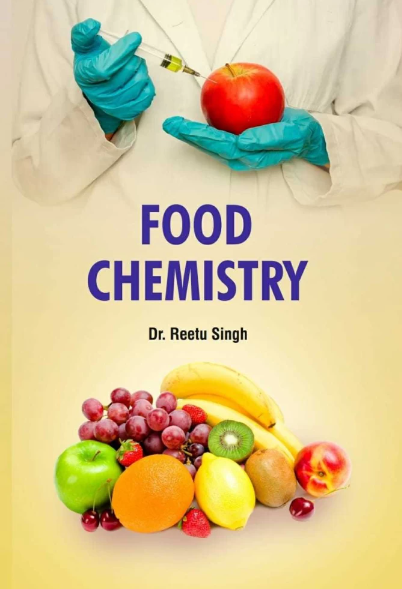Identification of unique peptide markers for rape (Brassica napus L.) honey with untargeted and targeted proteomics approaches and its application in honey adulteration analysis
IF 8.5
1区 农林科学
Q1 CHEMISTRY, APPLIED
引用次数: 0
Abstract
Rape honey is often adulterated into other high-value honey due to its high yield, low price, and light color. This study employed untargeted and targeted proteomics approaches to analyze the proteome of rape honey and identify its floral peptide markers to recognize the adulteration of rape honey into acacia honey. A total of 616 rape-derived proteins and 84 bee-derived proteins were identified in rape honey by untargeted UPLC-Orbitrap-HRMS. Three plant-derived peptide markers (GIIIDSGTVITR, NTGSLPLSPK, and M(O)EDITLLQTQSAIR) were exclusively present in all detected rape honeys by targeted UPLC-TQMS, but were absent in three other non-rape honey varieties. By utilizing MRM of three peptide markers combined with PCA and OPLS-DA, acacia honey, rape honey, and adulterated honey could be effectively differentiated, and the minimum adulteration LOD and LOQ were 0.36 % and 1.08 %, respectively. This study firstly identified characteristic rape-derived peptide markers and successfully applied them in the recognition of rape honey adulteration.


油菜蜜由于产量高、价格低、颜色浅,经常被掺入其他高价值蜂蜜中。本研究采用非靶向和靶向蛋白质组学方法分析油菜蜜的蛋白质组,并鉴定其花肽标记物,以识别油菜蜜掺假成洋槐蜜的情况。通过非靶向UPLC-Orbitrap-HRMS方法,共鉴定出油菜蜜中的616种油菜源蛋白质和84种蜂源蛋白质。通过有针对性的 UPLC-TQMS 方法,在所有检测到的油菜蜜中都发现了三个植物肽标记(GIIIDSGTVITR、NTGSLPLSPK 和 M(O)EDITLLQTQSAIR),但在其他三个非油菜蜜品种中却没有发现。利用三个肽标记物的 MRM 结合 PCA 和 OPLS-DA,可有效区分洋槐蜜、油菜蜜和掺假蜂蜜,最低掺假点(LOD)和最低掺假定量(LOQ)分别为 0.36 % 和 1.08 %。该研究首次发现了油菜多肽标记物的特征,并成功地将其应用于油菜蜜掺假的识别。
本文章由计算机程序翻译,如有差异,请以英文原文为准。
求助全文
约1分钟内获得全文
求助全文
来源期刊

Food Chemistry
工程技术-食品科技
CiteScore
16.30
自引率
10.20%
发文量
3130
审稿时长
122 days
期刊介绍:
Food Chemistry publishes original research papers dealing with the advancement of the chemistry and biochemistry of foods or the analytical methods/ approach used. All papers should focus on the novelty of the research carried out.
 求助内容:
求助内容: 应助结果提醒方式:
应助结果提醒方式:


